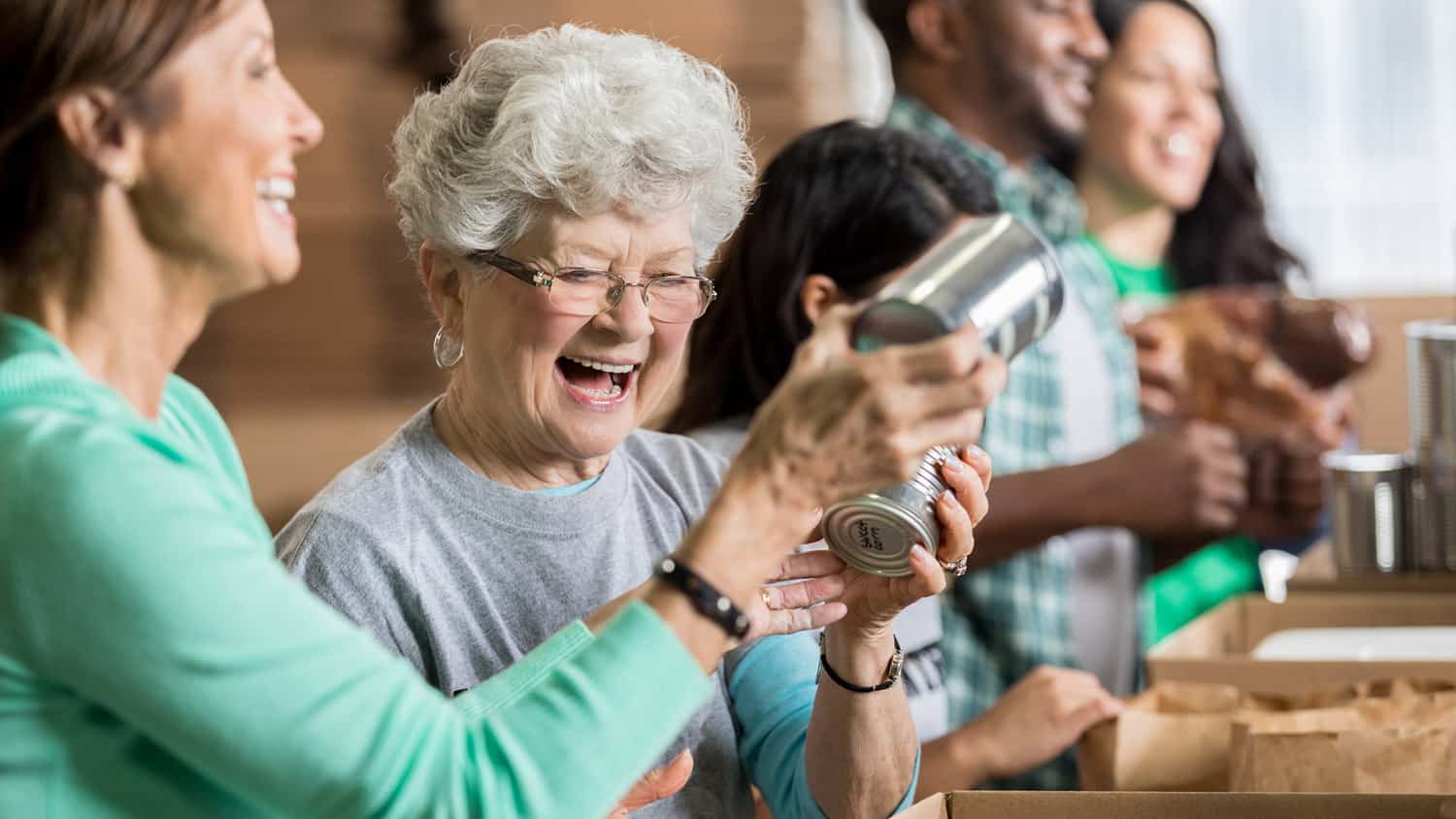
10 Steps to Starting a Food Rescue Organization in Your Community
I first learned about the topic of food waste reduction several years ago. After doing some research, I was compelled to blog about it. As I said in one early post, “Rarely does one action present with so much potential to achieve more than one pressing objective at the same time.”
Reducing food waste can help address hunger, reduce greenhouse gas while freeing up landfill space, and conserve water and other natural resources.
Since that post, more pressing objectives have come to my attention. Charities across the U.S. now ask food donors to assist them in serving healthier meals.
With more fresh fruits and vegetables, proteins, dairy and dairy substitutes, and 100% whole grains on the menu and in food distribution centers, the movement also has potential to reduce the incidence of diabetes and other health problems in client populations.
Restaurants and other food businesses benefit from lower waste disposal costs, too.
By the Numbers
According to the Natural Resources Defense Council, “Getting food to our tables eats up 10 percent of the total U.S. energy budget, uses 50 percent of U.S. land, and swallows 80 percent of freshwater consumed in the United States. Yet, 40 percent of food in the United States today goes uneaten.”
All Hands on Deck
The scope of actors in the movement is vast. On May 10-12 was the 2022 U.S. Food Waste Summit, hosted by ReFED and the McNamara Alumni Center at the University of Minnesota. Summit attendees included corporate executives, U.K. and U.S. state and local government officials, academics, philanthropists, small business owners, nonprofits, startups and investors.
Around the world, armies of food rescue volunteers support the mission. In the U.S., the Food Recovery Network (FRN) recruits students nationwide to lead food recovery and distribution programs on college campuses.
FRN is over 230 chapters strong and has recovered more than 7 million pounds of food since it was established. There is broad global consensus that the problem of food waste must be addressed.
Technology Has Solved Logistics
Mobile phone applications have been a huge boon to the movement. Apps for connecting hunger relief organizations to businesses, caterers, and event planners offering fresh, excess food include Food Rescue US, Copia, Food Cowboy, Too Good To Go, and Waste No Food.
Platforms like Spoiler Alert and LeanPath focus on controlling waste and increasing profits in business operations.
Consumer apps like Save the Food’s Guest-Imator and USDA’s FoodKeeper provide guidance on meal planning and food safety. On Twitter you’ll find scores of individuals and communities dedicated to sharing tips on reducing household food waste (e.g., @realfoodhero, @ZeroWasteChef, @myzerowaste, @ZeroWasteLiving).
Ever Heard of “Ugly” Produce?
Food retailers insist on offering only perfect-looking produce because that’s what customers want. But ‘ugly’ – slightly blemished or misshapen produce – is just as tasty and nutritious.
Some retailers have taken to selling it at a lower price, but these uglies are prime products for helping those in need.
European retailers started the ugly food movement, and now many U.S. companies have followed suit or are studying the issue.
In 2014, France’s Intermarché launched the Inglorious Fruits and Vegetables campaign to promote its decision to sell ‘imperfect’ produce at a 30 percent discount.
In the U.S., Walmart’s brand of ‘beautifully imperfect’ apples is called “I’m Perfect.” Walmart’s U.K. retailer, Asda, sells ‘wonky’ (misshapen) fruits and vegetables at a discounted price.
How to Join the Movement
At the Food Waste Summit, I met Barbara Bronstein. In addition to making inroads in food recovery and ending waste, Barbara’s story is also a great profile in reinvention over age 50. When Barbara retired from her career with Fortune 500 consumer product companies, she wasn’t ready to relax.
After a short stint blogging about restaurants, she found a new calling with a social purpose and dived in. She set about to collect edible extras from special events and deliver them to food bank clients in Houston. The project eventually turned into Second Servings of Houston.
Nita Kurmins Gilson, Alexandra White, and Jerilyn White did something similar when they founded ProduceGood in San Diego County. After studying their models, I put together this checklist for anyone considering getting involved in fighting food waste in his/her community.
10 Steps to Starting a Food Rescue Organization in Your Community
- Educate yourself: Consult local experts from food banks and do extensive research.
- Get certified in food safety.
- Identify all the federal, state and local ordinances you’ll need to comply with.
- Write a business plan.
- Set up a 501(c)(3) nonprofit.
- Apply for grants from foundations and corporations and/or start a crowdfunding campaign.
- Get a refrigerated truck and supplies.
- Recruit volunteers.
- Recruit food donors and donation recipients.
- Spread the word via social media and contact your local news station.
A Note About Liability
In 1996, the U.S. enacted the Bill Emerson Good Samaritan Food Donation Act to encourage food and grocery donations to nonprofits by protecting donors from civil and criminal liability (except in cases of gross negligence or intentional misconduct). Several U.S. states and European countries have enacted similar laws.
For additional information, please visit the websites of Feeding America and the Natural Resources Defense Council, two comprehensive sources of information about hunger and food waste.
Have you thought about the scale of food waste in the world, particularly in the United States? What are you doing to support or even start a food rescue organization in your community? Let’s talk about this global issue and discuss possible course of action.







1bmux8